Descripción
Electric Motors and Drives está destinado a usuarios no especializados de motores eléctricos y accionamientos, llenando el vacío entre los libros de texto académicos basados en la teoría y los ‘manuales’ más prosaicos, que proporcionan detalles útiles, pero pocas oportunidades para el desarrollo del conocimiento y la comprensión real.
El libro explora todos los tipos de Motors y Drives modernos usados ampliamente, incluyendo el DC convencional y sin escobillas, motores de inducción y servomotores, proporcionando a los lectores el conocimiento para seleccionar la tecnología adecuada para un trabajo determinado. El enfoque de Austin Hughes, utiliza un mínimo de matemáticas, ha establecido este texto de Motores Eléctricos como la guía principal para los ingenieros, y la clave de un tema complejo para un público más amplio, incluidos los técnicos, administradores y estudiantes.
Características:
* Adquirir conocimientos prácticos esenciales de motores y unidades, con un mínimo de matemáticas y la teoría
* Material actualizada sobre los últimos y más ampliamente usadas motores y accionamientos modernos
* Nueva edición incluye diagramas adicionales y trabajó ejemplos a lo largo
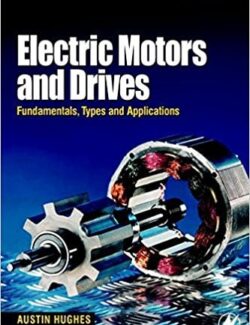
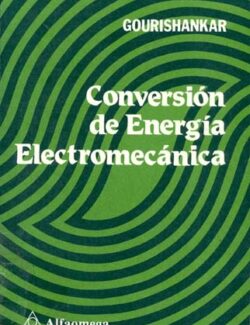


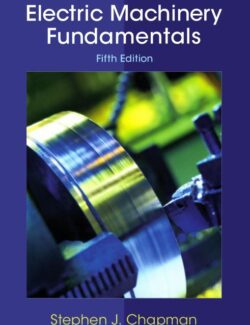
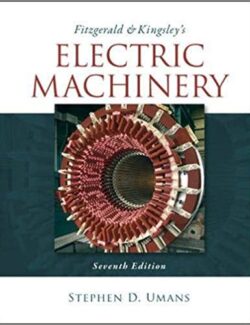
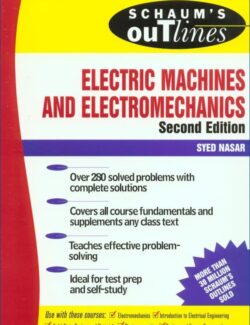

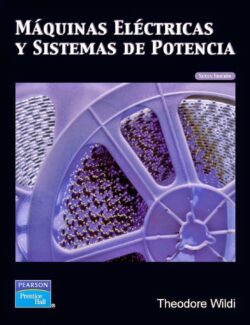

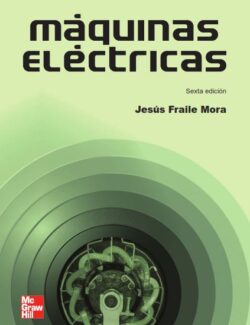


Déjanos un comentario
8 comentarios